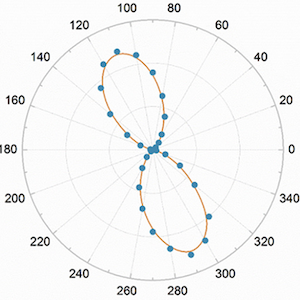Abstract
Hybrid two-dimensional (2D) halide perovskites have emerged as an important class of high-performance semiconductors because of their excellent physical properties and structural diversity. Here, we report a new family of hybrid 2D Ge-based perovskites that have the Dion–Jacobson structure type, with the general formula A(MA)n–1GenX3n+1, where A = 2-(aminomethyl)pyridinium (2AMPY), 3-(aminomethyl)pyridinium (3AMPY), 4-(aminomethyl)pyridinium (4AMPY), or 4-(aminomethyl)piperidinium (4AMP), X = Br or I, and n = 1 or 2. Single-crystal X-ray diffraction shows that most of the bromide structures are centrosymmetric, whereas the iodide analogues are all non-centrosymmetric. The optical band gaps are effectively regulated by the level of octahedral distortion of the corresponding [GeX6], where a larger distortion corresponds to a larger band gap. These compounds exhibit relatively weak photoluminescence, which can be observed at low temperatures. All of the Ge-based iodide perovskites exhibit good second-harmonic generation (SHG) responses, with the highest reaching 0.53xAgGaS2 for (4AMPY)GeI4, where their particle-dependent SHG has been investigated. First-principles calculations of the SHG properties are in good agreement with the experimental results. Furthermore, layer transformation can be achieved from the (100)- to (110)-oriented configuration by mixing the halides, which is a rare example. These results showcase the versatility and diversity of employing an asymmetric dication and the Ge2+ metal to achieve SHG active non-centrosymmetric materials, providing new strategies for the design of lead-free alternatives with interesting photophysical properties.
